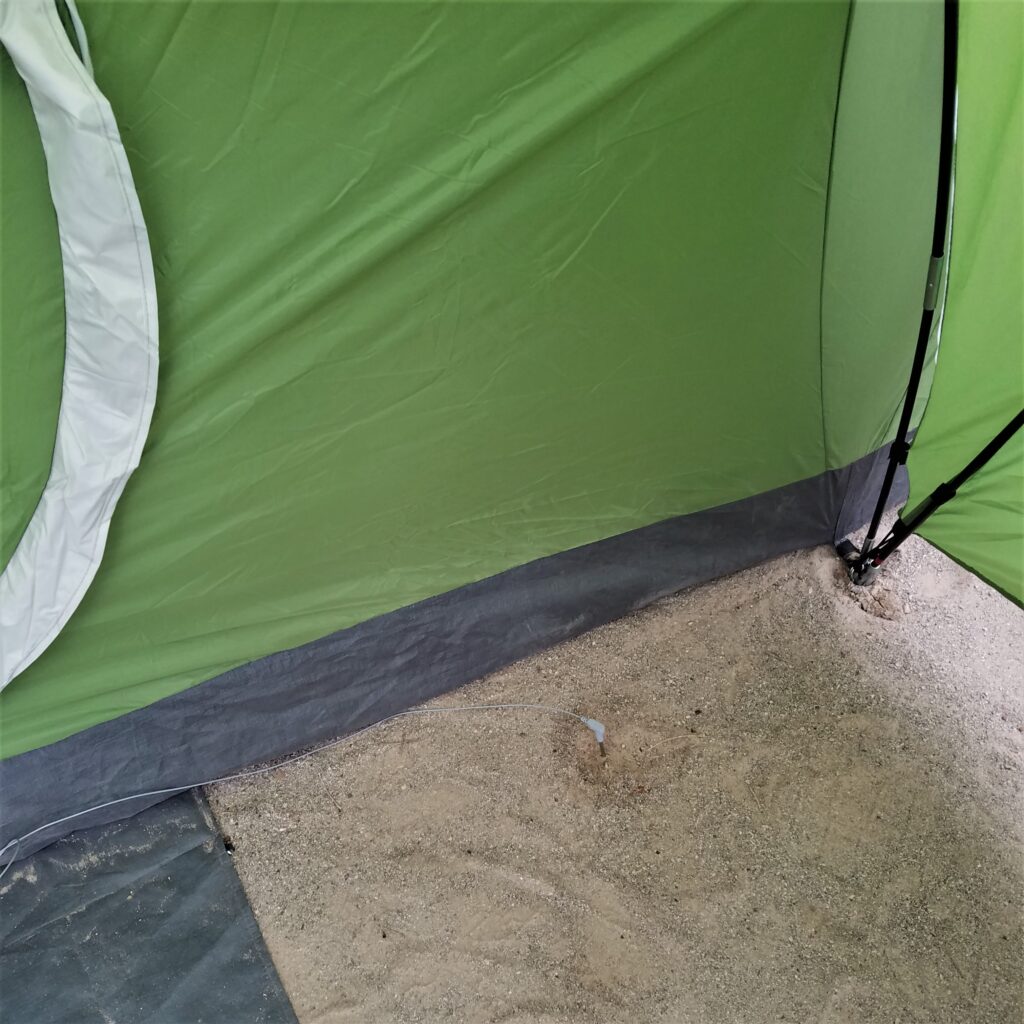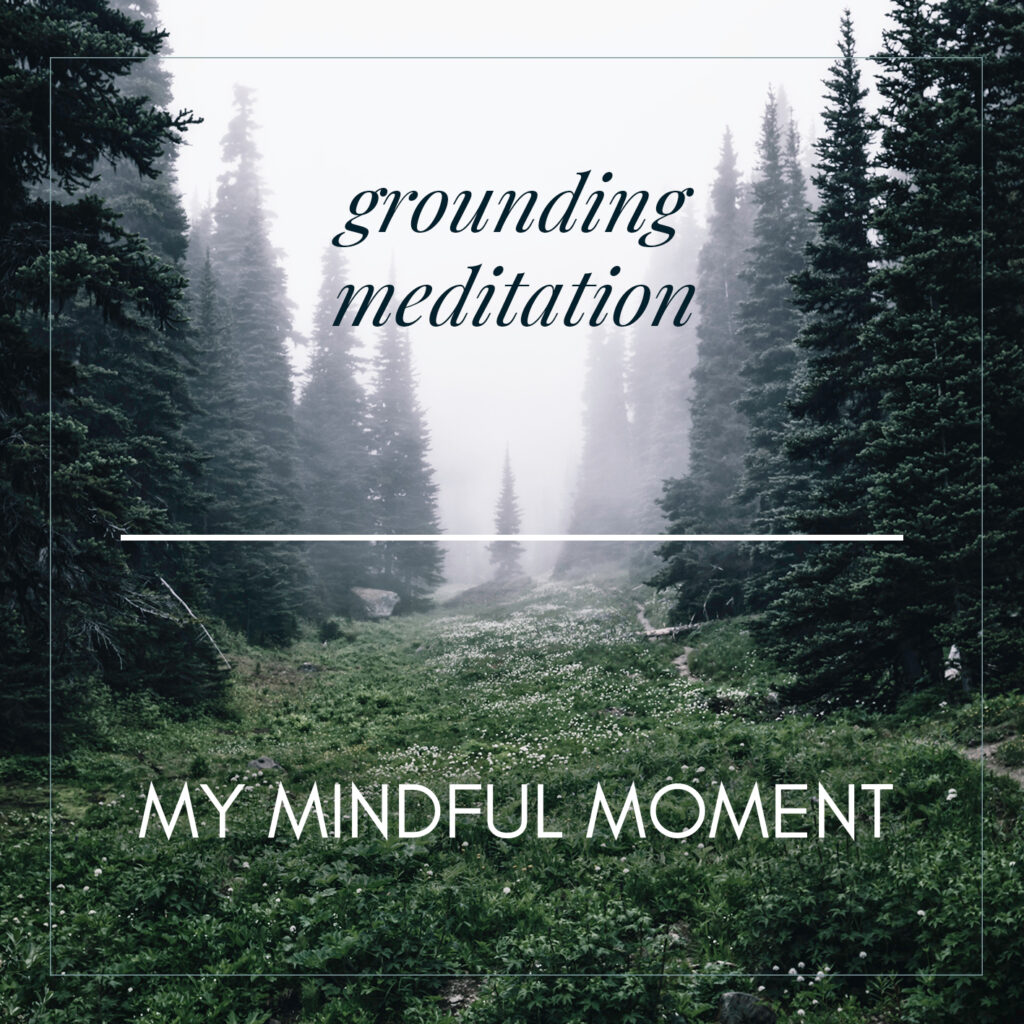WHAT IS REIKI?
Reiki (pronounced ray-key) is a Japanese energy modality. It promotes relaxation, well-being, healing, stress relief and pain reduction. It is derived from two Japanese words: Rei, meaning “universal life energy” and Ki, meaning “breath,” or “life force” – the same as Chi, Prana, Ti, or Ki. Reiki is, essentially, the energetic life-force flowing through every living thing.
Reiki was reintroduced by Dr. Mikao Usui in the early 1900s, and Masters of this method (Usui Reiki) have been taught in the traditional manner that has been passed down.
Practitioners direct reiki energy through the person receiving a treatment; it moves throughout the chakras and meridians, removing energetic blockages and disruptions. These energetic interruptions can cause pain, disease, inflammation, and mental unease in the body. After a reiki session, the body is balanced, allowing energy to flow through correctly and at the correct vibrational state.
WHAT CAN I EXPECT FROM A REIKI SESSION?
You will be asked to lie on a massage table. You can keep your eyes open or closed, whichever is the most comfortable for you. I start at your head and either hover my hands over your body or use light touch, depending on your comfort. I start with your crown chakra and work towards your feet, before repeating the process as you lie on your belly.
Learn more about the chakras by clicking here.
HOW LONG DOES A SESSION LAST?
Your first session is typically the longest; the actual treatment takes about 45 minutes to an hour, with additional time spent before and after discussing the treatment.
WHAT SHOULD I WEAR?
Wear whatever is most comfortable for you! You will be asked to remove your shoes, but can keep your socks on for warmth. Reiki is non-invasive, and many clients often doze during their sessions.
DOES IT HURT?
Not at all! Some clients report feeling calmness, warmth, or sometimes a tingling sensation. Reiki cannot harm.
WHEN SHOULD I GET A REIKI TREATMENT?
This is entirely up to you. You can receive reiki as often as you wish. Many people find it helpful after surgeries, when dealing with chronic pain, after injuries, or during times of emotional stress or imbalance. Please note, I am not trained to diagnose, and will not offer any diagnosis or prognosis. I may offer advice on areas I feel may need your attention, however any issues of health or wellness should be discussed with your doctor.
I’M WORRIED THAT REIKI WILL GO AGAINST MY RELIGIOUS BELIEFS
I understand your concern! I am Christian, active in my church, and have a strong testimony of Jesus Christ. I honor all spiritual beliefs. Although reiki is spiritual in nature, it is not a religion. Anyone from any religious faith can practice or receive reiki.
It is important to note that the reiki practitioner does not heal you. The reiki master directs and guides the reiki energy through the body, focusing on areas where healing is needed. I like to compare it to a vacuum cleaner: while I may be the one operating the vacuum and directing it where to go, the machine (in this case, reiki energy), is the tool doing the actual cleaning work.
DO YOU HAVE TO RECEIVE SPECIAL TRAINING TO BECOME A REIKI PRACTITIONER?
Yes. I have been trained in many different forms of reiki, and am a Master Teacher in all of them. I am certified in several different reiki methods, but primarily use Usui Reiki in my sessions.
HOW MUCH DOES A SESSION COST?
Each session is $50.
HOW MANY SESSIONS WILL I NEED?
This will depend on each person, and their reason for seeking reiki. Remember that healing is a journey; some people may need more treatments than others. Ultimately, it is up to you. Your health is in your hands, and I respect your choices.
Please note: reiki is not a substitute for medical care. It compliments any treatments you are currently receiving, without interfering, however please continue any medical, holistic, or therapeutic regimens you are currently following.


